Asset Management Software
What is Asset/Inventory Management?
Inventory management is the process of managing company's inventory, including ordering from supplier, storing assets, assigning it to employees and return back to supplied if required. It involves maintaining Also using QR code scanner, it helps to match physical vs System inventory to identify fraudulent activitiesx
Challenges of Asset/Inventory Management

Demand Forecasting Issues

Overstocking

Stockouts

Poor Customer Service

Inefficient Warehouse Management

Cash Flow Problems

Data Inaccuracy

Difficulty Managing Product Expiry

Seasonal Demand Fluctuations
Features of Asset/Inventory Management

Employees Management
It involves defining employee roles, assigning permissions, and tracking their activities related to inventory. This helps companies improve operational efficiency, ensure accountability, and maintain accurate stock handling

Asset/Parts Management
Managing the usage, location, and condition of assets and parts ensures proper maintenance and efficient utilization. This helps companies reduce costs, prevent asset loss, and improve operational efficiency.

Tracking Inventory
Keeping track of stock levels, product movement, and storage locations helps maintain accurate inventory records and prevents issues like stockouts or overstocking. This improves order fulfillment efficiency and reduces operational costs.

Forecasting Demand
Analyzing sales trends, market conditions, and customer behavior helps predict future product demand. This enables companies to adjust inventory levels, avoid stockouts, and reduce excess inventory.

Assign Inventory To Employees
Allocating specific inventory items to employees helps track usage, improve accountability, and prevent loss or mismanagement. This ensures better control over inventory and enhances operational efficiency.

Create Single/Bulk QR code
Generating QR codes for individual or multiple items allows quick scanning and tracking of inventory. This improves accuracy, speeds up processing, and enhances inventory management efficiency.

QR Code scanner
Using a QR code scanner allows quick and accurate retrieval of product details and inventory status. This helps streamline inventory tracking, reduce errors, and improve operational efficiency.

Manage Physical vs System Inventory
Aligning physical stock with system records ensures accurate inventory tracking and reduces discrepancies. This improves inventory accuracy, prevents stockouts, and enhances decision-making.

Manage Ineventory Among Multiple Branches
Coordinating stock levels and transfers between branches ensures balanced inventory distribution and prevents shortages or overstocking. This improves supply chain efficiency and reduces operational costs.

Manage Inventiry Expiry
Tracking product expiration dates ensures timely usage or removal of expired stock. This reduces waste, maintains product quality, and improves customer satisfaction.

Dynamic Report
Generating real-time, customizable reports provides insights into inventory performance, stock levels, and trends. This helps companies make informed decisions and improve inventory management efficiency.
Benefits of Asset/Inventory Management

Cost Reduction

Improved Cash Flow

Customer Satisfaction

Operational Efficiency

Reduced Stockout

Reduce Fraudulent Activities

Manage Physical vs System Inventory
Also known as

WMS - Warehouse Management System

Stock Management

Just-In-Time (JIT) Management

